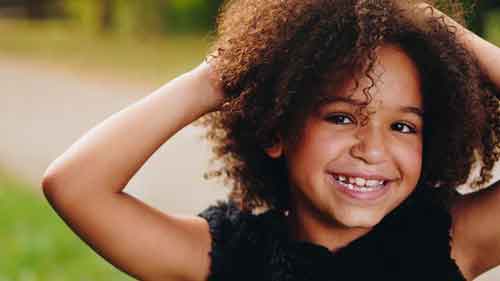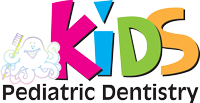
10 Sep Why Children Need Dental Sedation? Is it Safe for Young Ones?
At Kids Pediatric Dentistry, our priority is to always use behavioral and relaxation approaches to put children at ease when they undergo some dental procedure. However, in situations when these techniques do not work, then we turn to sedation dentistry. Our goal is to provide effective oral treatment to children with no or minimal discomfort.
Every child is unique, so they behave differently in a similar situation. If a child gets nervous about his or her upcoming dental procedure, you, as a parent, need not worry. There is a solution. A pediatric dentist has the choice to use a sedative that may ease kids’ anxiety and provide comfort. Sedation used in dentistry is often light and does not put the patient to sleep. There are different sedative measures that your kids’ dentist may decide based on your kids’ behavior and the procedure he or she has to face.
Types of Sedation for Children
Oral Sedation: This is in pill form, which your child may ingest before the dental procedure starts. After taking oral sedatives, children do not fall asleep; they just feel relaxed.
Laughing Gas: This sedative is known as laughing gas, which is actually Nitrous Oxide. It is inhaled through a mask. This sedative gas reduces anxiety and puts the child at ease. Once the dental procedure is done, kids are administered oxygen therapy to flush out any traces of nitrous oxide.
IV Sedation: Intravenous sedation (IV) is another option available to pediatric dentists to make children calm. It is given through a needle inserted into a vein beneath the hand. Your child’s awareness of the dental treatment going on around them will decrease, and they probably won’t remember much of the process anyway. For intravenous sedation to be effective, make sure the child is not scared of needles.
Safest Sedation for Children
The kids’ medical history will determine which kind of dental sedation is the safest to use. However, laughing gas, which is also known as nitrous oxide, is often seen as the most secure choice. It is not as powerful as oral sedation or IV sedation, which we mentioned above.
Dental Sedation in Kids: Side Effects
It is safe for children when a pediatric dentist gives them sedatives. However, it is understandable that you, as a parent, may become worried when your child takes unfamiliar medicines. Sedation side effects in children last for a brief period, and they may include:
- Irritability
- Snoring
- Fever
- Nausea and vomiting
These side effects are common and go away on their own within a day or two. If they persist, you should call your child’s dentist.
Is Sedation Safe for 3-5 Years Old Kids?
Although sedation in dentistry for young children between the ages of 3 and 5 may be safe. However, only a pediatric dentist or pediatric anesthesiologist should administer it. Sedation is given to children who need extensive dental treatment or have other medical conditions. A pediatric dentist decides on sedatives for kids who do not cooperate while undergoing their dental treatment or suffer from severe anxiety. So, sedation is used for your child’s effective dental treatment.
If you have any questions about your child’s oral health, please contact Children Dentistry in Allen, Texas. Our specialists will be happy to help you with any dental related questions.
Further Reading on Dental Sedation for Children
- Anesthesia or Sedation for Your Child’s Dental Work?
- Sedation options if my child needs dental work
- What Drug Is Used for Pediatric Sedation Dentistry?
